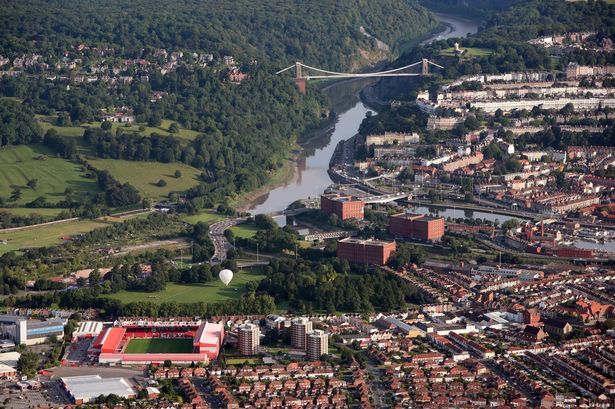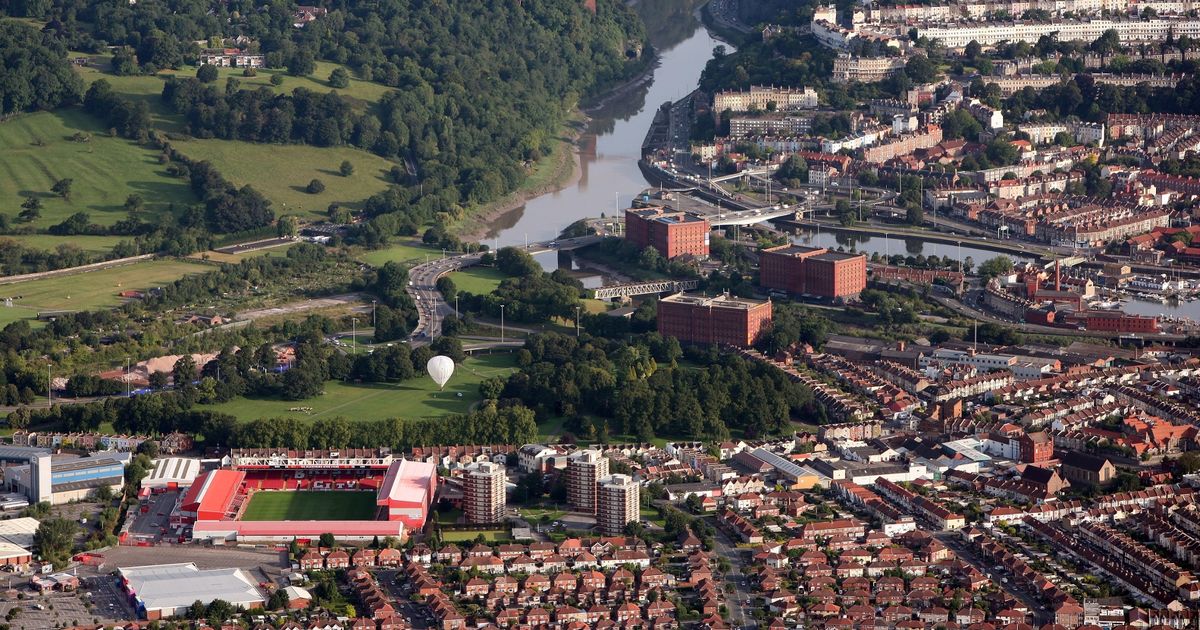The cap was introduced in 2013 by the Conservative-led coalition government (Image: Getty Images)
(Image: Getty Images)
More than 10,000 households across Bristol, South Gloucestershire and North Somerset have been impacted by the benefit cap since its introduction in 2013.
The benefit cap is a limit on the total amount of benefits that working age people can receive.
It was introduced in 2013 by the Conservative-led coalition government so that out-of-work households didn’t receive more than the average household weekly wage.
It’s not to be confused with the two-child benefit cap, which only applies to child-related benefits.
The cap was set at £22,020 a year nationally, or £14,753 for single adults with no children, in February 2025, the latest month for which figures are available.
The cap was higher in London though at £25,323 per year, or £16,967 for single adults with no children.
The cap was initially applied to Housing Benefit, and then to Universal Credit as that was rolled out.
It has impacted a total of 10,271 households across Bristol, South Gloucestershire and North Somerset since its introduction, according to new figures from the Department for Work & Pensions.
Claimants in Bristol have been the most affected in our region, where a total of 6,169 households have been impacted by the cap since 2013.
That’s equivalent to 3.2% of the population and is the same as the national average of 3.2%. It includes some 1,098 households that were impacted in February of this year.
South Gloucestershire has the next highest number of impacted households in our region.
A total of 2,371 households have been subject to the cap since 2013. That includes 480 in the most recent assessment period.
In North Somerset, a total of 1,731 households have been impacted by the cap since its introduction, including 268 most recently.
Across Great Britain, a total of 796,398 households have been impacted by the benefit cap since its introduction in 2013, according to the DWP’s figures. That includes 114,629 households that were subject to the benefit cap in February of this year.
More households in Birmingham have been subject to the cap than any other local authority in the country.
Great Britain’s second largest city has had a total of 22,972 households impacted by the benefit cap since 2013. That works out as one in every 20 in the city.
Some 3,772 of those households were still being impacted in February of this year, with 87 of those having their Universal Credit cut by more than £1,000 in the latest assessment period as a result of the cap.
You can see how many households have been affected by the cap in each local authority in the country by using our interactive map:
Total households impacted by the benefit cap since 2013
Birmingham: 22,972Enfield: 18,227Brent: 17,798Ealing: 14,658Barnet: 14,303Newham: 13,183Haringey: 11,885Tower Hamlets: 10,656Croydon: 10,315Manchester: 10,250Hackney: 10,156Leeds: 9,394Lewisham: 9,187Lambeth: 8,152Waltham Forest: 7,979Hounslow: 7,828Redbridge: 7,748Barking and Dagenham: 7,681Harrow: 7,144Bradford: 7,049
Total households currently affected by the benefit cap (Feb 2025)
Birmingham: 3,772Enfield: 2,753Brent: 2,377Barnet: 2,240Ealing: 2,084Haringey: 2,004Newham: 1,923Lewisham: 1,685Leeds: 1,635Manchester: 1,621Tower Hamlets: 1,510Hackney: 1,422Lambeth: 1,393Croydon: 1,361Waltham Forest: 1,287Buckinghamshire: 1,277Barking and Dagenham: 1,125Bristol, City of: 1,098Greenwich: 1,086Wandsworth: 1,084
